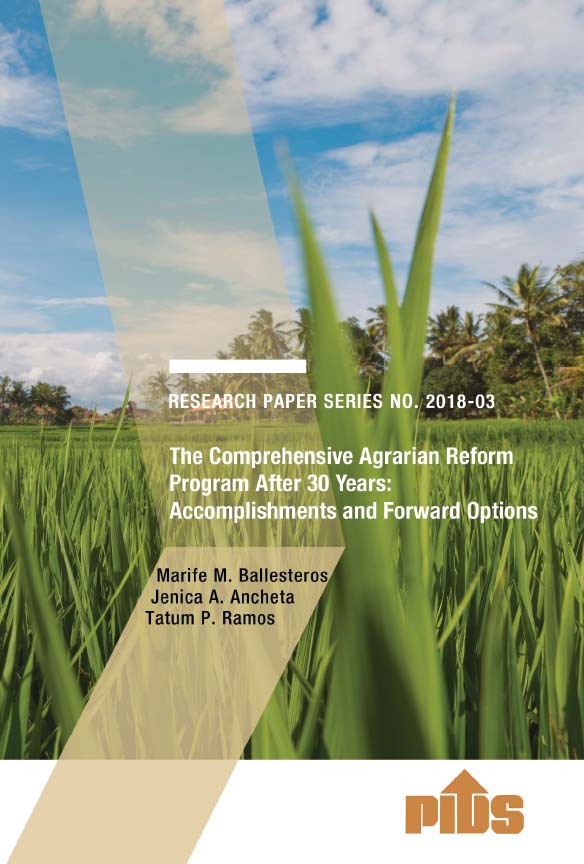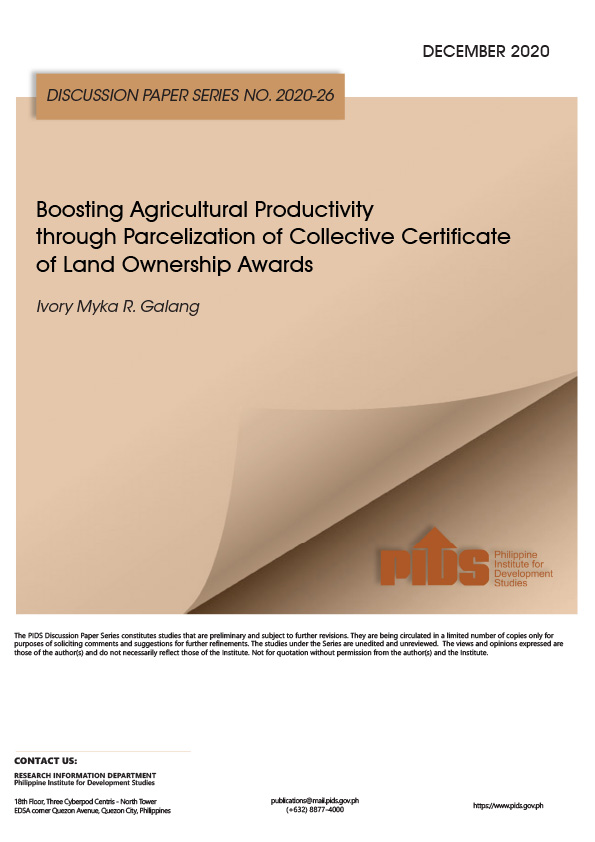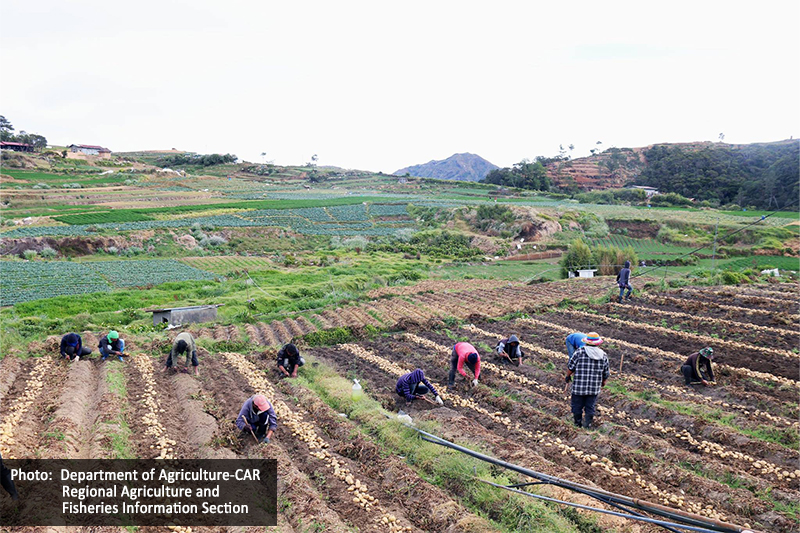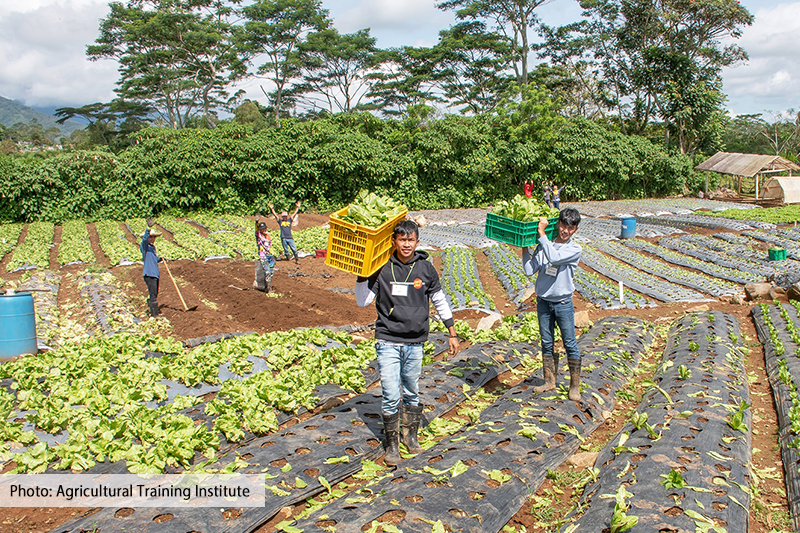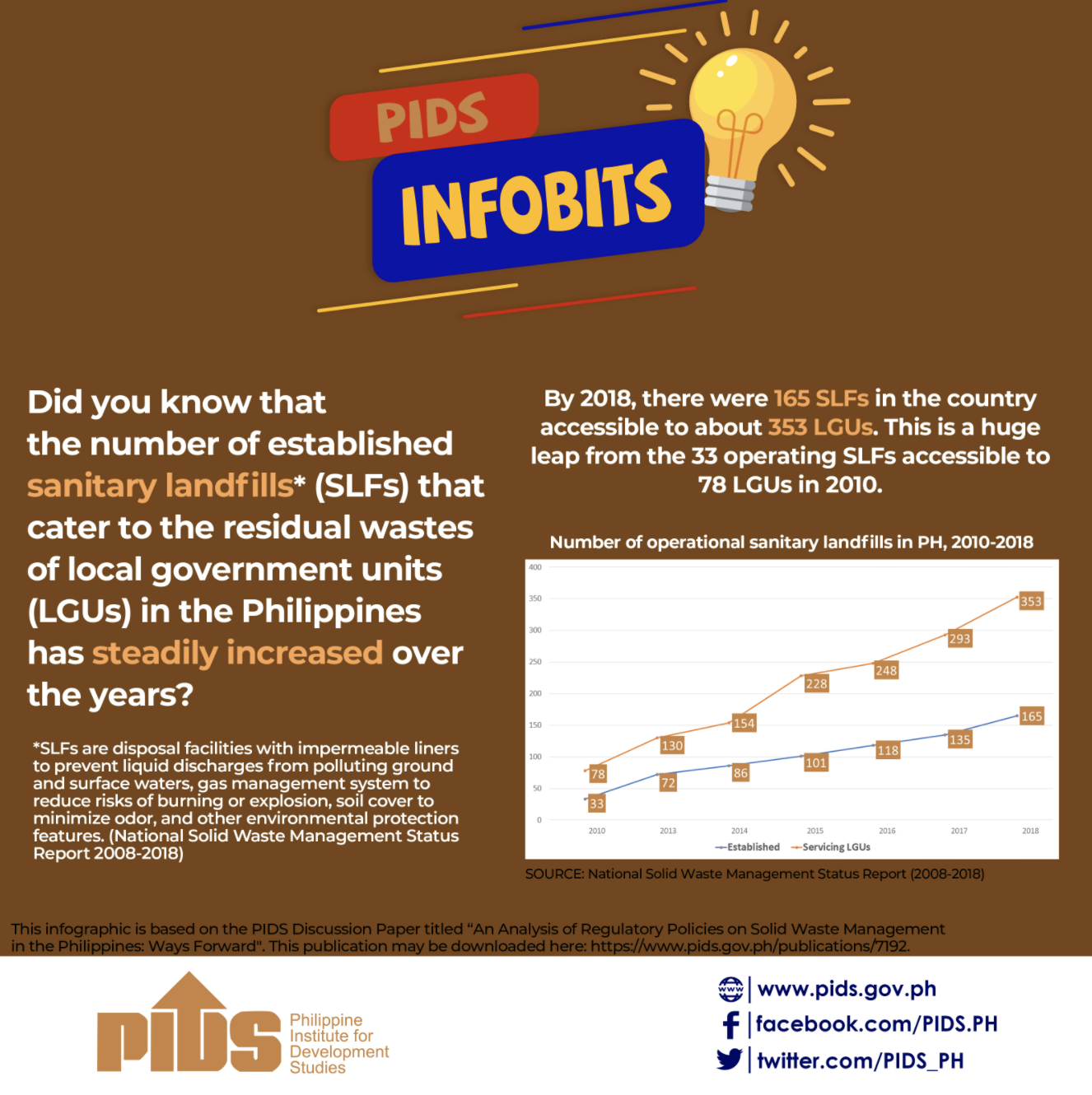The main objective of the paper is to explore possible institutional arrangements among the Comprehensive Agrarian Reform Program (CARP) implementing agencies in a post-2008 transition scenario for CARP. There were three reasons cited for the implementation of the agrarian reform program, namely: (i) to increase productivity, (ii) to reduce inequality particularly in the countryside, and (iii) to address one of the main causes of the persistent Communist insurgency in the country. After reviewing previous studies on new institutional arrangements, the paper recommends the following based on two scenarios. For scenario 1: (extension of CARP for another 7 to 10 years), the following are proffered: a) shifting manpower and resources toward units in DAR that are engaged in LAD and AJD; b) identification and publication of privately agricultural lands that will be covered by the LAD component; c) retooling of DAR personnel to assist in establishing agricultural enterprises out of a partnership between ARBs and agribusiness firms; d) providing capacity-building training for LGUs in preparation for the closure of the program; and e) exerting efforts to collect amortization payments from the ARBs. For Scenario 2 (closure of CARP is envisioned in the next 3 to 5 years), the following are recommended: a) an attractive retirement package should be given to DAR personnel; b) creation of a Land Tenure Administration; c) conversion of PARC into a Joint Commission on Rural Development (JCRD); d) renaming of the Department of Agriculture (DA) to the Department of Agriculture and Rural Development (DARD); e) capacitating LGUs to provide support services to the ARBs; f) passage of a “Progressive Agricultural Land Tax” for private agricultural lands and “Progressive Rents” for public lands; and g) deregulation of land tenure contracts and land markets.



